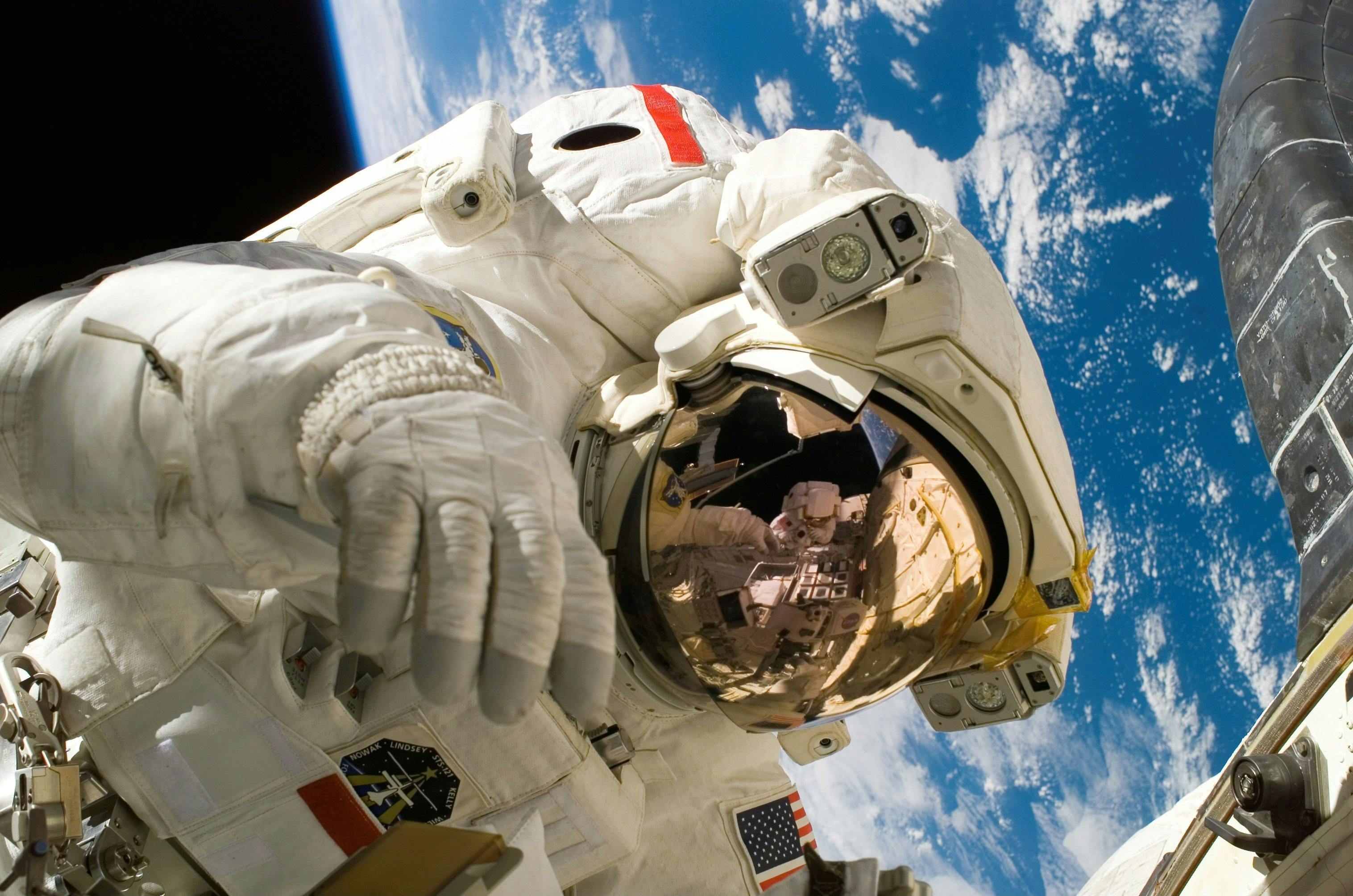Unveiling the Intricacies of Space Tourism: A New Frontier
There's a new wave of travel that's skyrocketing in popularity, and it doesn't involve any of our planet's usual destinations. Space tourism, the final frontier, represents a unique and thrilling trend within the travel and transportation industry. In this article, we will delve into the fascinating world of space tourism, exploring its historical context, current trends, and potential future developments.

A Journey Through Time: The Evolution of Space Tourism
The concept of space tourism is not a recent innovation. It dates back to the 1960s when the first humans set foot on the moon. However, it remained a theoretical concept until April 2001, when Dennis Tito became the first space tourist, launching on a Russian spacecraft for a reportedly $20 million ticket.
The Current Landscape: A Glimpse Into the Cosmos
Today, several companies, including SpaceX, Virgin Galactic, and Blue Origin, are racing to make space tourism commercially viable. Advances in technology have made it possible to envision a future where space tourism is not just a privilege for the ultra-wealthy but an accessible option for many.
The Pros and Cons: Weighing the Galactic Scale
Space tourism offers an unparalleled experience of seeing our planet from a unique perspective and experiencing zero gravity. However, it also poses significant challenges, including high costs, safety concerns, and environmental impacts.
Impact and Implications: A Leap for Mankind
The emergence of space tourism can have far-reaching implications. It could contribute to scientific advancements, create new job opportunities, and even stimulate the economy. However, it’s essential to balance these benefits with the potential environmental impact and ethical considerations.
Out-of-this-world Facts and Tips
- The current cost of a ticket to space ranges between $200,000 and $250,000.
- Preparing for a space journey involves undergoing rigorous physical and psychological training.
- The duration of a space tour can range from a few minutes of weightlessness to several days orbiting the Earth.
In Conclusion
Space tourism represents a bold and exciting new frontier in travel. While it comes with its unique set of challenges, the potential benefits and the sheer thrill of venturing beyond our planet make it a trend worth watching. The world of travel is expanding beyond our atmosphere, offering adventurous travelers a chance to literally reach for the stars.





